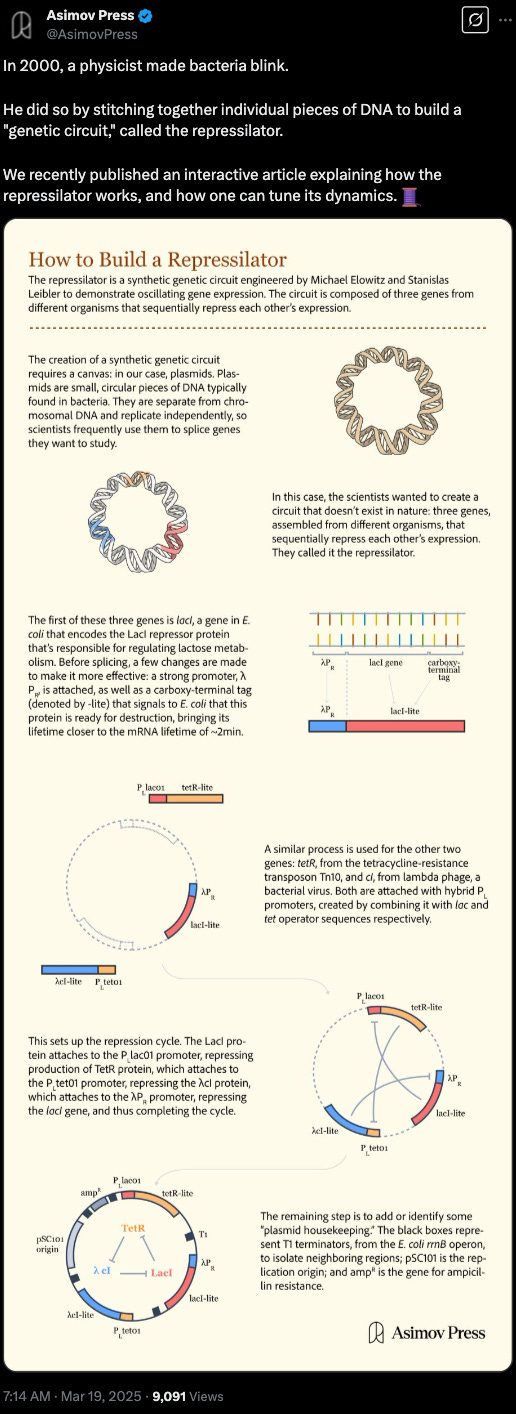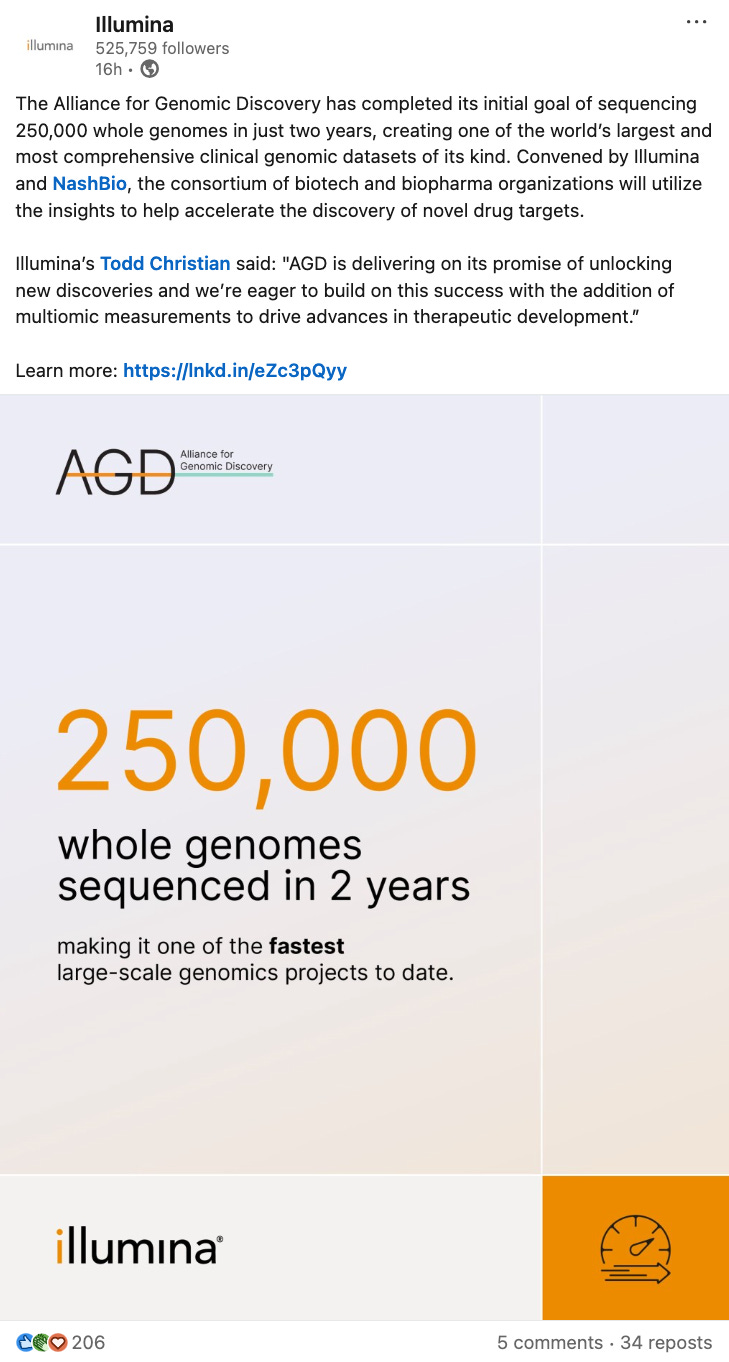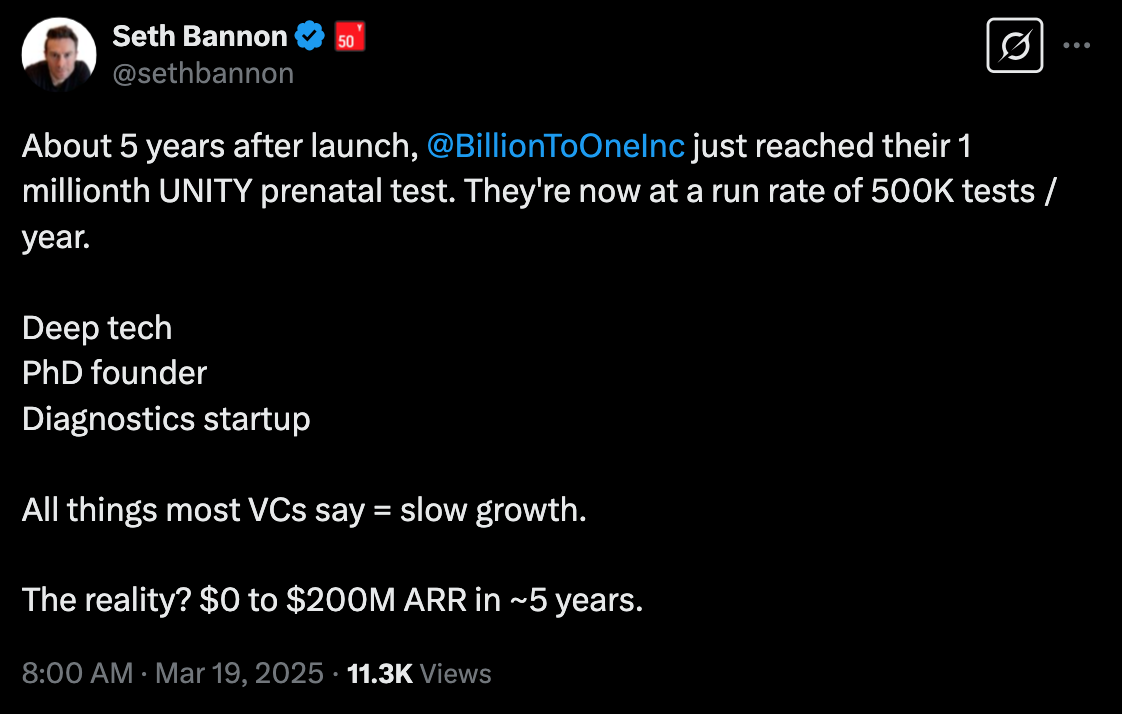BioByte 108: biotech to build supersoldiers, LLMs learning optimism bias, breaking out of the box of the somatic mutation theory of cancer, and how AI can salvage failed drugs
Welcome to Decoding Bio’s BioByte: each week our writing collective highlights notable news—from the latest scientific papers to the latest funding rounds—and everything in between. All in one place.
What we read
Blogs
Creating Supersoldiers and Curbing Biothreats [G.B. Rango, PirateWires, March 2025]
Pilgrim, a Bay Area company who recently announced its $3.25M round led by Thiel Capital, Cantos and Refactor, aims “to make supersoldiers, produce futuristic dual-use medical technology, and catch the next pandemic before it even begins”.
Pilgrim is developing a rapid wound-healing technology based on a platform that utilizes ‘nanoparticle platform that uses electric currents’. The article mentions how electric currents and electroconductive materials have been shown to have antibacterial and accelerative properties in wound healing. The company wants to replace QuikClot, a haemostatic material which accelerates natural clotting. The company outlines that its platform could also be used as parasitic prophylactics and nerve agent ‘vaccines’. Pilgrim is also developing Argus, a biosurveillance system for early warning of potential biological threats.
The end of the genetic paradigm of cancer [Huang et al., PLOS Biology, March 2025]
For decades, the dominant theory in cancer research has been the Somatic Mutation Theory (SMT)—the idea that cancer is caused by specific genetic mutations that drive tumor formation and progression. But cracks in this paradigm are getting harder to ignore.
A recent essay in PLOS Biology argues that the overwhelming focus on genetic mutations has led to a self-reinforcing cycle: the more sequencing data we collect, the more we look for genetic explanations—even when the data itself suggests otherwise. Large-scale cancer genome sequencing projects, like The Cancer Genome Atlas (TCGA), have revealed patterns that don’t neatly fit into the mutation-driven model.
For instance:
Some tumors lack consistent "driver" mutations, while normal tissues often carry oncogenic mutations without ever becoming cancerous.
Cancer cells don’t always follow a clean Darwinian path of natural selection; instead, tumors often contain a chaotic mix of cell populations that evolve unpredictably.
Many pre-cancerous lesions contain well-known cancer-driving mutations but never actually progress to cancer.
So, what’s the alternative? The authors argue that cancer isn’t just a genetic disease—it’s a disease of gene regulation, cell state dynamics, and tissue organization. Instead of looking at single mutations, we should be considering how entire networks of genes interact, how cells transition between different states, and how tissue environments influence whether a mutation turns malignant or remains benign.
They propose a shift toward thinking about cancer as a problem of gene regulatory networks rather than individual mutations. In this view, cancerous states are not "caused" by mutations but emerge from disruptions in the cell’s regulatory landscape—almost like a system falling into an unstable attractor state. In practice, this may look like therapies that target cellular plasticity and tissue-level interactions, rather than narrowly focusing on eradicating mutated cells.
How biotechs are using AI to rescue failed drugs [Willow Shah-Neville, Labiotech, March 2025]
An exorbitant 90% of drug candidates fail in clinical trials. While this occurs for a multitude of reasons, one of the primary causes is failing to meet safety standards. A new biotech player—Ignota Labs—is addressing these shortcomings via their deep learning model, with the objective of re-entering newly optimized versions of previously failed drugs into clinical trials. Ignota’s model, SAFEPATH, uses both cheminformatics and bioinformatics to elucidate the initial cause of the failure, remediate it, and then validate that no new modes of toxicity or losses in efficacy have been created in doing so. Having recently raised $6.9 million in seed funding, the startup already has one drug candidate entering early clinical trials, as well as reportedly a handful of others that Ignota’s CSO expresses as very exciting.
A second company, BioXcel, is engaging in similar tactics. Rather than focusing on rectifying safety issues, BioXcel is more intent on repurposing not only compounds that have failed clinical trials for non-safety related reasons, but also existing, on-the-shelf drugs for other indications. They are primarily focused on finding new applications within the neurological space, as CNS disorders are notoriously hard to treat and drugs take particularly long to develop. Their platform AI—which the team prefers to refer to as ‘augmented intelligence’ due to the very hands-on, human element present throughout the process—NovareAI, sifts nonstop through both failed phase 2 and 3 candidates and available scientific literature to create “knowledge graphs”, which they leverage to ultimately “refine and repurpose” these compounds for CNS indications. BioXcel has several exciting drugs in the pipeline, including one that has already gained first-in-human approval in less than half of the time that this process usually takes. This feat was attained by repurposing an existing non-opioid pain drug for use in treating the agitation that accompanies schizophrenia and bipolar disorder, as research found that the compound's properties also suppresses anxiety implicated in the brain’s ‘fight-or-flight’ response.
Repurposing failed drugs has manifold benefits for a variety of evident reasons. First and foremost, critical drugs that would have otherwise been abandoned instead have another chance to make it to the patients who need them most, offering renewed hope, better outcomes, and improved quality of life. Additionally, the efficiency and substantial costs associated with developing drugs to send to trials and eventually consumer markets are significantly optimized, enabling a greater chance of development success and better returns for the companies developing them. Finally, this pursuit facilitates a path to the recovery of historic sunk costs of these failed drug candidates—not just the monetary costs, but the animal lives, natural resources, and decades of meticulous study that originally went into their development.
Papers
In-context learning agents are asymmetric belief updates [Schubert et al., arXiv, Feb 2024]
This paper explores how large language models learn from examples given in context, much like how people adjust their beliefs based on feedback. The researchers examined tasks where the models had to choose between two options (similar to picking between two slot machines) and observed that the models tend to learn more from outcomes that are better than expected compared to those that are worse, an optimism bias similar to what humans display. However, when the models were given additional information about the unchosen option or when they had no control over the choice, this bias either reversed or disappeared. To uncover these patterns, the authors used behavioral experiments with specially designed prompts and analyzed the results using simplified cognitive models such as the Rescorla Wagner model, which capture how learning rates differ for positive versus negative feedback. They also trained idealized reinforcement learning agents using meta learning techniques, which showed similar behavior. Overall, the study highlights that the way a problem is framed can significantly shape how both humans and artificial agents learn from their experiences.
Notable deals
EsoBiotec to be acquired by AstraZeneca. EsoBiotech is developing in vivo cell therapies using lentiviruses. Its Engineered NanBody Lentiviral (ENaBL) platform has the capability to target lentiviruses to specific cell types. Its lead asset, ESO-T01, is currently in early clinical development for multiple myeloma with potential to expand to various autoimmune disorders. The deal includes an initial $435M with a potential of $575M in development and regulatory milestones. The company had previously raised around $20M to-date.
Maxion Therapeutics raised a $72M Series A. Maxion is developing antibody-based drugs for ion channel- and GPCR-driven diseases. Maxion’s lead asset MAX001 is currently in preclinical development for a range of inflammatory diseases. Maxion’s KnotBody platform combines the properties of knottins, cysteine-rich mini proteins, with antibodies. The round was led by General Catalyst with British Patient Capital, Solasta Ventures, Eli Lilly joining as new investors. Previous investors BGF, Monograph and LifeArc Ventures followed-on.
Latigo Biotherapeutics has raised a $150M series B. This financing will be used to progress LTG-001 and LTG-305 through further clinical trials. These assets are both Nav1.8 inhibitors being tested to treat acute and chronic pain, respectively. The round was led by Blue Owl Capital with Deep Track Capital, Access Biotechnology, Qatar Investment Authority and Sanofi Ventures also joining the round.
Arbor Biotechnologies has raised a $73.9M Series C. Arbor is developing novel gene editing therapeutics to address a variety of genetic conditions. The round was led by Arch Venture Partners and TCGX with QIA, Partners Investment, Revelation Partners and Kerna Ventures joining as new investors. The funds will be used to progress ABO-101 into a two-part phase 1 and progress other preclinical assets to IND/CTA filing.
Curevo Vaccine has raised a $110M Series B. Curevo is developing amezosvatein, a vaccine designed to prevent shingles. Amezosvatein achieved an impressive 100% vaccine response in a midstage readout of an ongoing phase 2 clinical trial. This capital will be used to fund a phase 2 extension study. The round was led by Medicxi with new investors OrbiMed, Sanofi Ventures and HBM Healthcare Investments also joining the round.
What we liked on socials channels
What we listened to
Field Trip
Did we miss anything? Would you like to contribute to Decoding Bio by writing a guest post? Drop us a note here.












thanks for the great piece! wondering if you are keeping pace with China biotech advancements (which have been hitting headlines) - and if so, what your thoughts might be, I recently wrote about this here, but would be great to get feedback https://chinahealthpulse.substack.com/p/biotech-in-china-four-important-truths